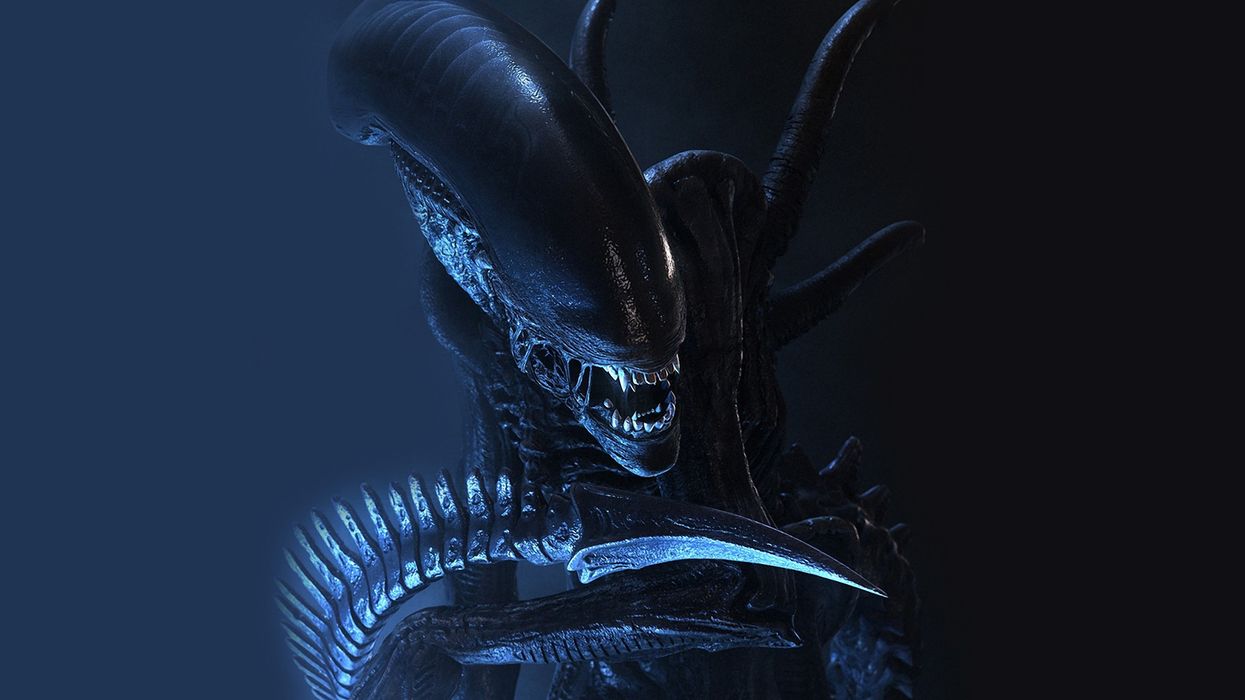The Beauty of H. R. Giger's Grotesque Xenomorph Monsters in 'Alien'
If you love Ridley Scott's Alien, specifically the xenomorphs and landscape designs, then you should know who H.R. Giger is.

The alien from Ridley Scott's 1979 sci-fi horror film Alien is one of the most famous space monsters ever put on screen. The mastermind behind its design was none other than Swiss surrealist artist H.R. Giger, whose lithograph "Necronom IV" inspired the look of the famous extra terrestrial, a look that went virtually unchanged. Giger is the focus of this video essay by Kristian Williams, which delves into how Giger's work on Alien brought his perfect blend of macabre and beauty into the mainstream.
Describing Giger's work is no simple task and often requires a long list of adjectives to help paint a picture of his universe: macabre, sci-fi, abstract, industrial, sensual, biochemical, nightmarish, mechanical, or as Williams calls it, "used future," which I think is perfect.
Clearly a style that is that particular can only be produced by the mind from which it was born, which is why Scott hired Giger to design everything that would be seen on the alien-infested planet (technically, it's a moon) LV246, including the spaceships, landscapes, and creatures.

Giger's influence stretches beyond the universe of Alien. Clive Barker attributed the design of the grotesque "cenobites" in Hellraiser to Giger, and both Dune films, directed by David Lynch and Alejandro Jodorowsky, have his signature look all over them.
But, it wasn't just that Giger's work was original and shocking—it's that he was able to marry two very different concepts into something that greatly touched (or disturbed) audiences. It was his perfect marriage between both the macabre and beautiful, and his respect and appreciation for both is what allowed him to create something genuinely unique.
I always wanted my alien to be a very beautiful thing, something aesthetic. A monster isn't just something disgusting—it can have a kind of beauty. It can move gracefully, it can be sinuous.
If you want to learn basically everything there is to know about Alien, I highly recommend you check out this post from Cinephilia and Beyond. It covers everything, including the script, storyboards, advertisements, behind the scenes photos and videos, and, yes, plenty on Giger's contribution to the film.
Source: kaptainkristian











